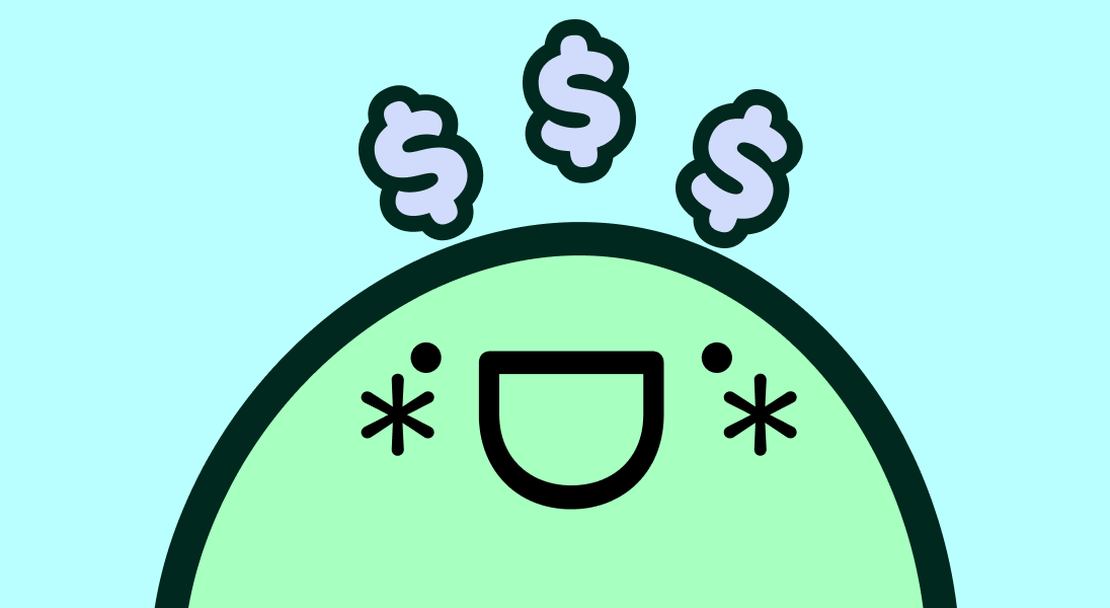
5 Reasons Why Online Shopping Causes People to Spend More Money
-
Beatriz Macuco
- February 5, 2025
Table of Contents
Imagine this: You’re sitting on your couch, scrolling through your phone, and suddenly you see an ad for a pair of shoes that perfectly match your style. You click on it out of curiosity. The website loads instantly, and there it is—the exact color and size you need. The price seems reasonable, and just as you hesitate, a message pops up: “Only 2 left in stock!” Before you know it, you’ve clicked “Buy,” and the order confirmation lands in your inbox. Sound familiar?
Online shopping has revolutionized the way we buy things, making it easier and more convenient than ever. But with that convenience comes a hidden cost: we end up spending more money than we would in physical stores. Here’s why:
1. Online Shops Have a Much Better Idea of Who You Are
When you shop online, retailers have an incredible amount of data about you. They know your taste, style, age group, and even which phase of life you might be in—whether you’re expecting a baby, redecorating your home, or suddenly interested in fitness gear.
While physical stores can collect some of this data through loyalty cards, online retailers take it to another level. They track everything—from the products you’ve bought to the ones you’ve viewed multiple times but haven’t purchased yet. If you’ve looked at a blue dress five times this week, they know. They might even send you a “special discount” on that exact dress to push you to buy it.
2. The Shopping Experience is Frictionless
Online retailers spend millions optimizing their websites to remove any obstacles between you and your purchase. This level of convenience is so valuable that Amazon even held a patent on one-click buying until 2017. Their goal is to make the process as effortless as possible, reducing the time you have to reconsider a purchase, which increases the likelihood of impulse buying.
Everything is designed to reduce the time you have to think about your purchase critically. Companies A/B test button placements, wording, and even colors to see which combinations drive more sales. Unlike physical stores, where you have to drive, search for products, and wait in line, online shopping is instant. Just one click, and the product magically appears at your doorstep.
3. It Gives You More Pleasure
Shopping online doesn’t just make buying easier—it makes it more rewarding. When you hit “Buy”, you experience a dopamine rush. But the pleasure doesn’t stop there. The anticipation of waiting for your package and the excitement of unboxing it provide another dopamine hit, making online shopping even more addictive. The added anticipation and surprise of receiving a package in the mail make the experience even more enjoyable, keeping you coming back for more. According to this article from Psychology Today on shopping and dopamine , anticipation itself triggers dopamine, making the wait as pleasurable as the purchase.
4. Pricing Tactics
Online retailers use dynamic pricing , meaning they can change prices at any moment based on demand, competition, or even your personal shopping habits. If they know you’ve been eyeing a particular item, they might offer you a 10% discount for a limited time, making you feel like you’ll miss out if you don’t buy it now.
They also use anchor pricing , a tactic where an overpriced item is placed next to a slightly cheaper one to make the latter seem like a bargain. You might think you’re getting a good deal, but in reality, you’re being nudged into spending more than you originally planned.
5. Advertisement That Follows You Everywhere
Once you view a product online, it doesn’t just disappear—it follows you. You start seeing ads for it everywhere: on social media, in your email inbox, and even while reading the news. This relentless retargeting wears down your resistance until you finally give in and buy it.
But it doesn’t stop there. Because online stores understand your taste and can dynamically change the price, they might show you items you haven’t even browsed yet but are likely to love—at a discounted price—tempting you to make another purchase even when you weren’t planning to shop.
How to Stop Overspending Online
Now that you know why online shopping causes you to spend more, here are a few tips to help you stay in control:
1. Wait Before You Buy – If you see something you want, wait at least 24 hours before buying. Often, the urge to purchase will fade. You can add it to a wishlist. Here is an article explaining why wishlists help you buy less .
2. Remove saved payment methods – Having to enter your card details manually adds a layer of friction that can prevent impulse buys.
3. Unsubscribe from marketing emails – Retailers send tempting discounts straight to your inbox. Avoiding them helps reduce unnecessary purchases.
4. Use ad blockers – Prevent ads from constantly tempting you by using ad blockers on your browser and mobile devices.
5. Avoid shopping to soothe a feeling – It’s easy to turn to online shopping when we’re feeling alone, stressed, bored, or anxious. But while it might bring temporary relief, it won’t truly fix your mood—and in the end, it just costs you money.
Online shopping is designed to make you spend more, but by being aware of these tactics, you can take control of your spending and make more intentional purchasing decisions.
Want extra help making mindful purchases? Try Willow —your personal shopping companion that helps you reflect before you buy!"


